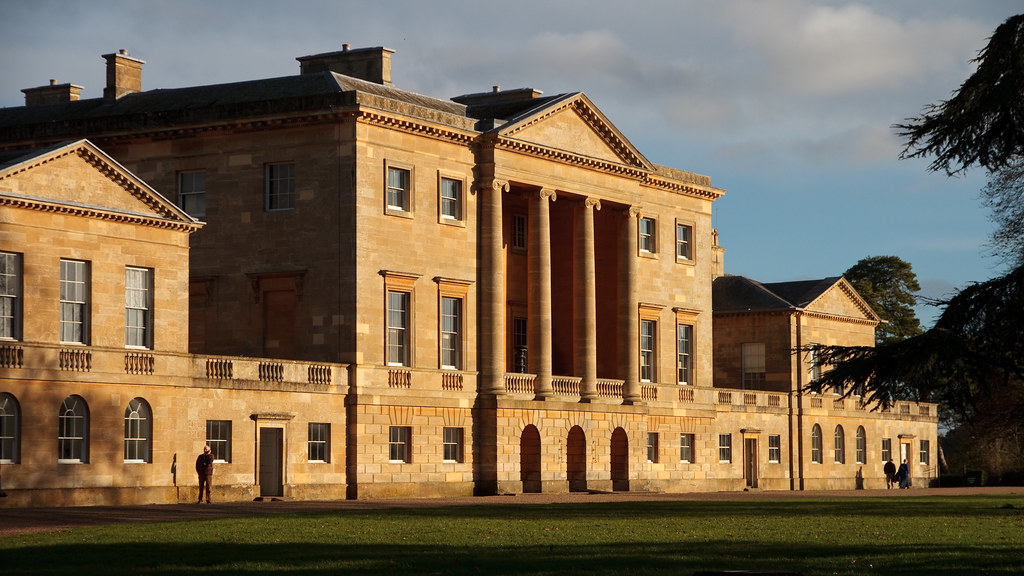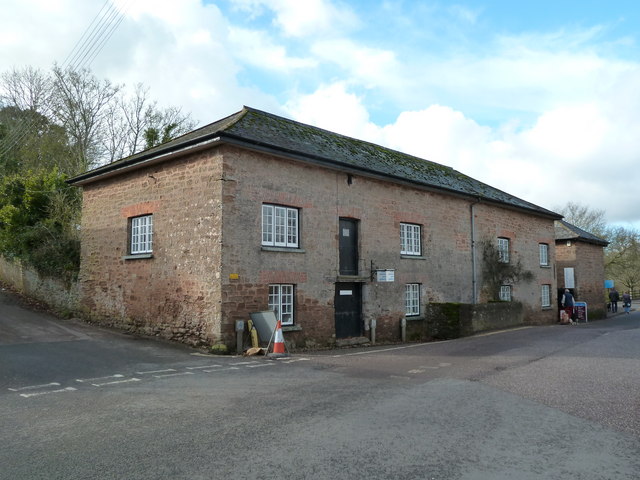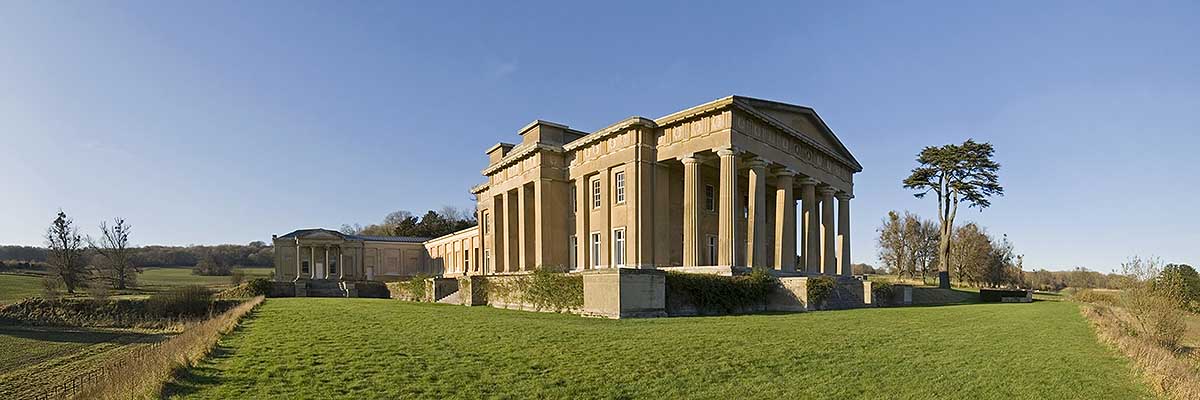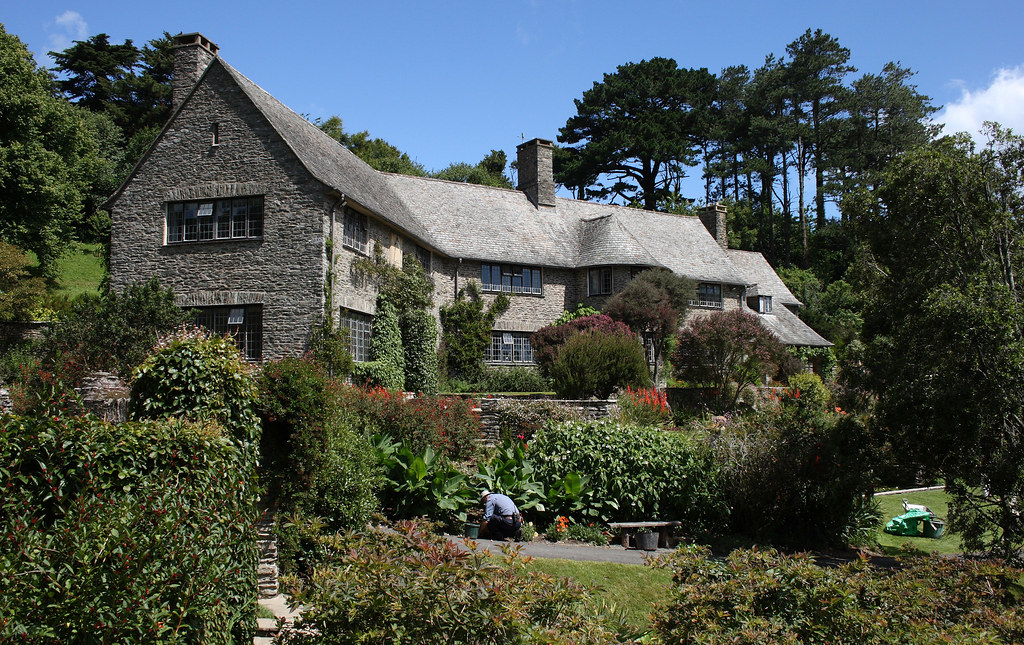Basildon Park is a Georgian house in Berkshire, built in the Palladian style from Bath stone, and made famous by its use as a filming location for the Netflix series Bridgerton. At the time of writing, it is closed for filming, but is expected to reopen on Friday (20th May 2022).
The estate was purchased in 1771 by Francis Sykes, a merchant of the notorious East India Company (the villains in the Pirates of the Caribbean films, chosen because the filmmakers needed someone who could make pirates look like the good guys in comparison), who required a country house close to London. He had the previous house demolished, and the current house, designed by architect John Carr, built in its place. In 1838, the house was bought by haberdasher James Morrison, whose family owned it for the next 90 years. It became home to Morrison’s large art collection, which included works by Constable and Turner.
During both world wars, the house was requisitioned by the armed forces, for use as a convalescent home for wounded soldiers during the First World War, and as a prisoner of war camp during the Second. After the wars, it was bought by Lord and Lady Iliff, who restored it before gifting it to the National Trust in 1978.
The house is normally open from 11am to 5pm, and the grounds from 10am. Check the website for opening hours on the date you plan to visit. The postcode is RG8 9NR, and the nearest station is Pangbourne. On Tuesdays only, Going Forward Buses runs a minibus service from Goring to Reading, with buses numbered 142 to 148. This is the only bus service that serves the estate, so if you don’t have access to a car, Tuesday is the best day to visit (public holidays excepted).





